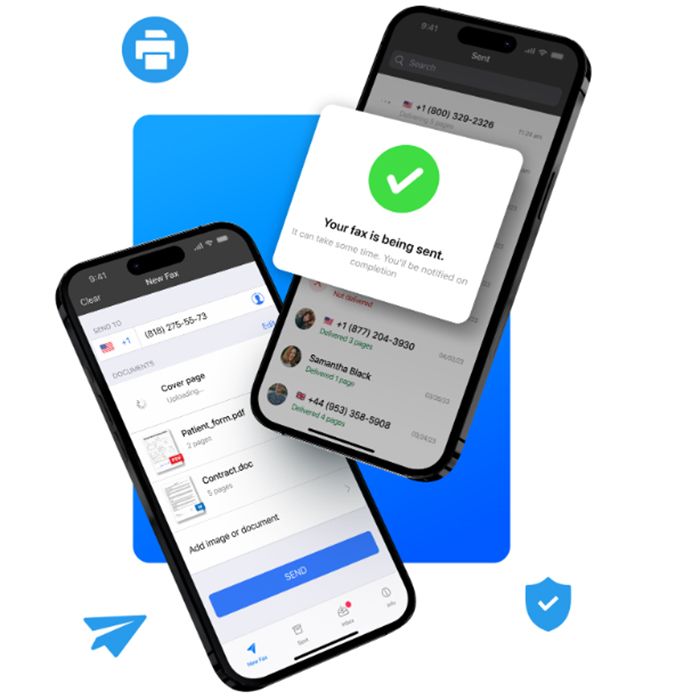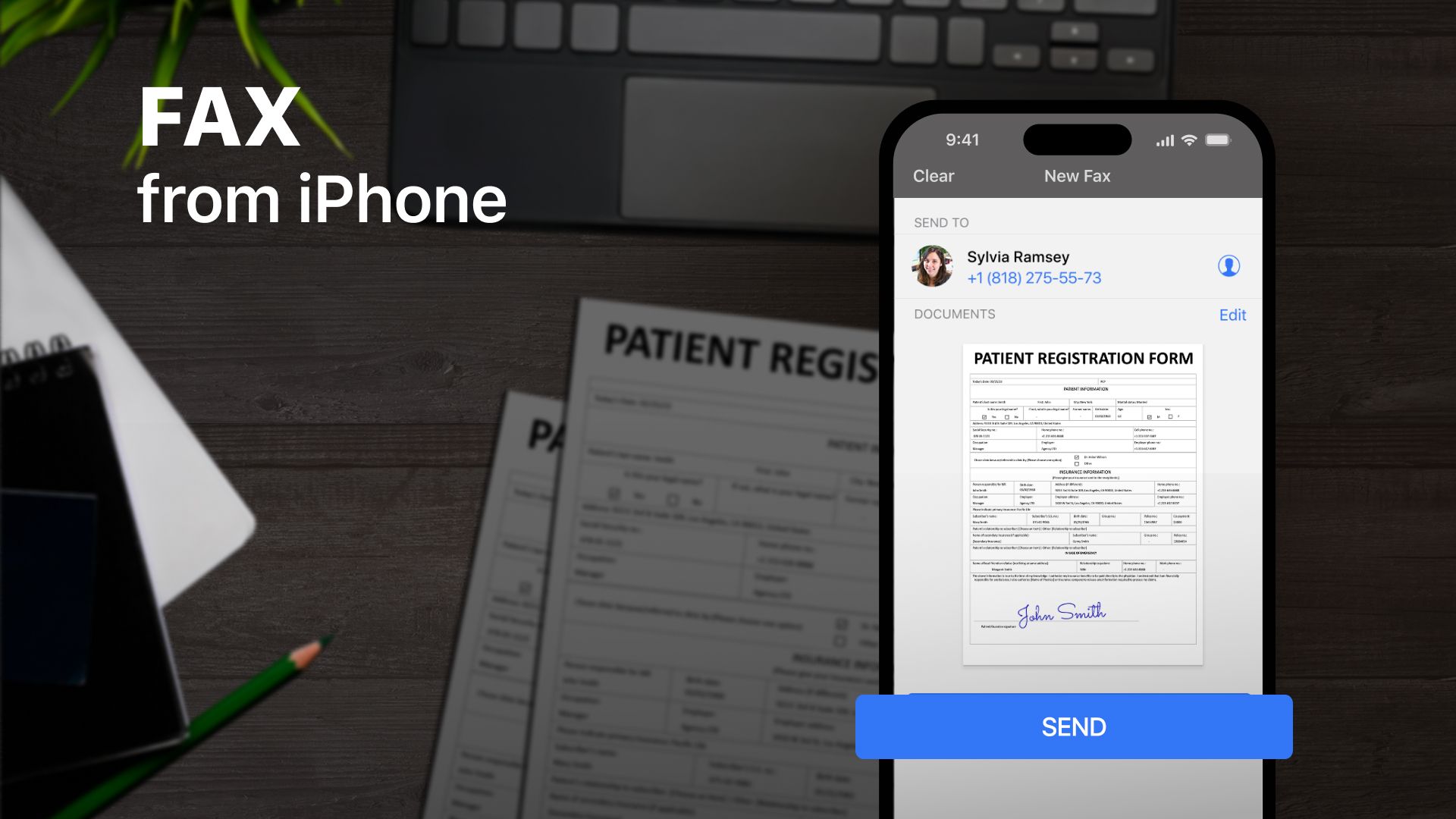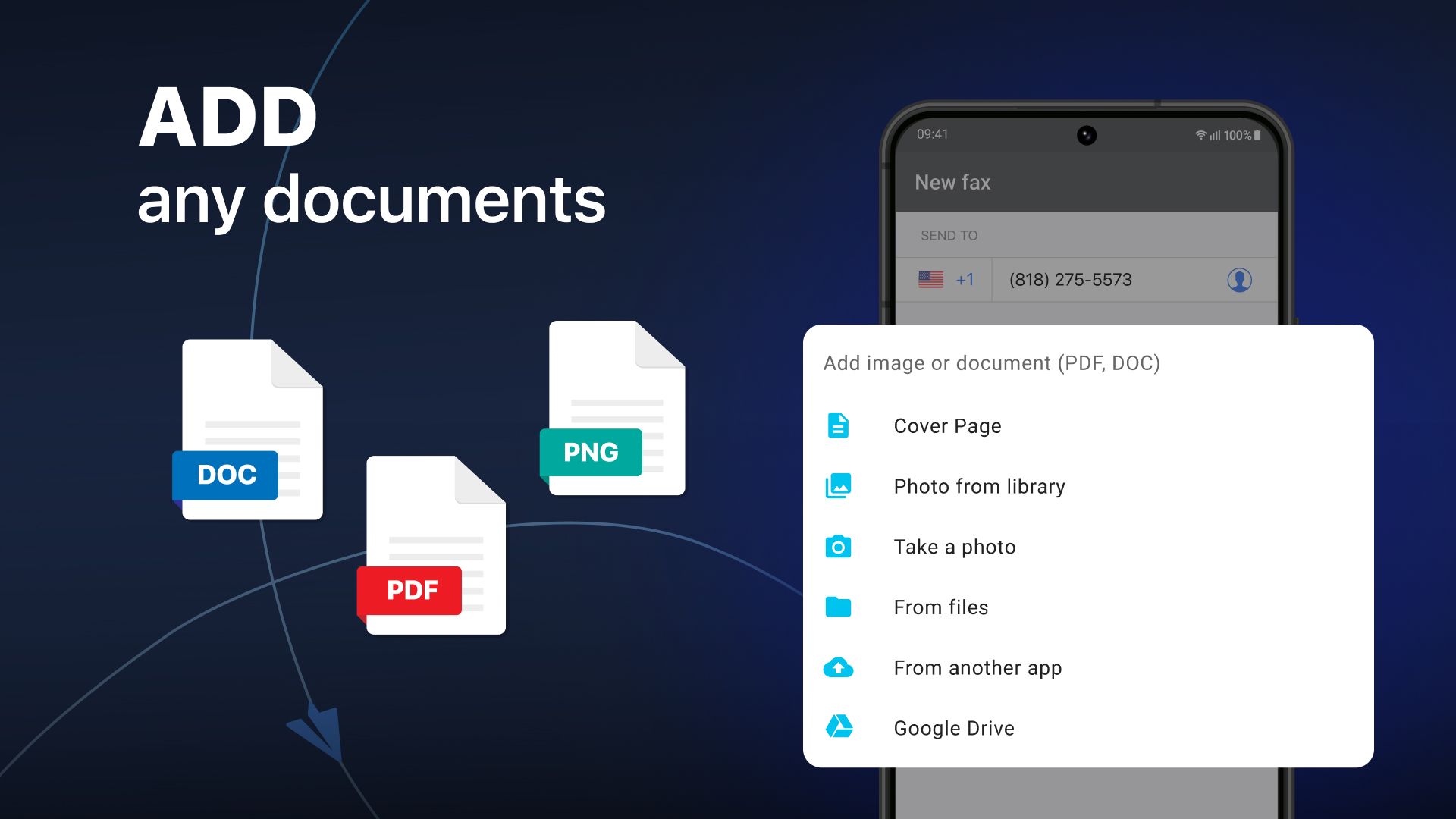This article is sponsored by Municorn Fax. Product choices and opinions expressed are from the sponsor and do not reflect the views of How-to Geek editorial staff.
Not many of us still have printers in our homes, but even fewer of us still own the ultra-antiquated fax machine. This relic of the 80s and 90s used to be a standard form of communication in business and could be seen in pretty much any office. It may feel like this method of sending information has gone extinct…until you’re asked to do it.
It’s estimated that 40% of businesses continue to use faxing as a method of file sharing, with the most prevalence in health care, legal professions, and government agencies.
If you’ve been asked to fax some documents and you’ve found yourself stuck, we’re here to help with four easy solutions to pick from!
First off you need a trusted business to get started. Municorn Fax is a leading provider of online communications solutions with a proven track record, serving more than 13 million customers across the world. Depending on your preference, you can use their iPhone fax app, Android fax app, email-to-fax service, or web-based faxing to send a fax without a fax machine.
Safe, Convenient, and Flexible Faxing With the Online Fax App

Sending a fax with any of the Municorn Fax apps or services is always fully protected and HIPAA-compliant, unlike standard emails, which means you can even securely send private medical documents without concern. You’ll receive notifications at every stage of the process, so you’ll never be left wondering if your documents arrived at their destination.
Whether you’re sending a PDF, image, Word Doc, or other popular file type, your file format can be supported for faxing. Plus, you can easily connect to popular cloud storage services–such as Google Drive, OneDrive, and Dropbox–to easily select your files, attach, and fax. If you need to scan a physical document, you can do this within the app for quick and easy attachment.
Read on to find out how to send a fax from your iPhone, Android, desktop or laptop computer, or email account.
How to Fax From Your iPhone
Municorn Fax
The iPhone fax app starts with a simple download in Apple’s App Store. From there, it’s like having a functional fax machine in the palm of your hand.
Inside the iPhone fax app, you can start a new fax, review your previously sent faxes, and receive faxes to your inbox by setting up your own personal fax number.
Starting a new fax can be as simple as adding an attachment and sending it, or you can combine several documents by scanning a new document in the app, adding something from your Photo Library, adding an attachment from another app, or adding a document from your iCloud.
Once you’ve added all the documents that you’d like to send, you can add an optional cover page, which begins your fax transmission with a short note of your writing. Before sending, you can preview your fax, which is especially helpful when sending multi-page documents.
After you’ve sent your fax, it will appear in your Sent box as either Delivered, Pending or Not Delivered, noting the number of pages in the transmission.
If you plan on sending regular faxes, you’ll want to purchase a subscription, which offers unlimited faxing for a fixed fee. High-volume users can also save fax numbers in their list of contacts, which can be directly accessed through the iPhone fax app, so you won’t need to type out the same number every time you send a new fax.
How to Fax From Your Android
Municorn Fax
Sending a fax with the Android fax app is about as simple as it gets. Once you’ve downloaded the app from the Google Play store, you’re ready to send and receive faxes to and from all over the world.
First off you can register in the app to receive your own fax number. After this, you’re set up and ready to send and receive faxes on your phone. Within the app, you can start a new fax, review your previously sent faxes, and receive faxes to your inbox after setting up your own personal fax number.
Starting a new fax can be as simple as attaching one document and clicking send, or combining multiple documents from different sources, such as scanning something within the Android fax app, attaching a photo from the album on your phone, or adding documents from your Google Drive or other cloud storage apps.
Once everything has been added, you can add an optional cover page and review your entire fax to ensure that everything is there. This can be especially helpful for long, multi-document faxes with tens of pages.
After sending your fax, it will appear in your Sent box, where you can see the recipient, the number of pages in the fax, and whether it has been received, is still pending, or was not able to be delivered.
Choosing a subscription to send faxes with the Android fax app will depend on your planned frequency.
How to Fax From Your Computer
If you want to send a fax without downloading an app, you can easily send faxes from your desktop or laptop computer, with two available options: the online fax app and the email-to-fax platform.
The online fax app walks you through the steps one by one, from adding the fax number, attaching your documents, and hitting send.
Sending a Fax From Your Email
The email-to-fax platform is similarly simple, but more robust with multiple options and subscriptions (personal plans, team plans, and business plans). The email-to-fax platform is a great option for professionals who need to send multiple faxes throughout the year as a crucial part of their everyday business: lawyers, real estate agents, small-business owners, remote employees, and more.
No matter your preference, you can easily learn how to fax a document without a fax machine, whether you’re an iPhone user, Android user, or you want to use your desktop or laptop computer.






